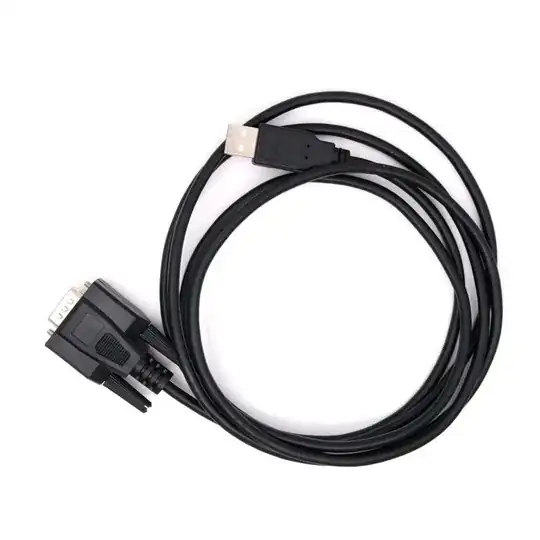Given the time between the OP and now, this may be moot. However, for any others with a similar question, I propose the following solution:
- Buy a cheap USB keyboard, the ones that are like $5 to $20 or so.
- Disassemble it and take the controller and USB plug section, then wire-up your "controller" to the contact connections intended for the keyboard matrix. (It goes without saying, that soldering will be required.)
- Map out the pins either by examining the contact matrix, or by program.
- Craft your control program using the mapping.
- Set your program to load and run OnBoot and off you go!
The control program can be written in any language with that supports the manner of output that will control the "key" matrix inputs of the keyboard controller, and the usb end plug, plugs into the target computer as a usb keyboard as desired.
If using a Linux based OS, Python is likely your language of choice. If using a Windows based OS, .Net is likely your language of choice (specific flavor C#, VB is up to you). It's likely even Node.js or PHP could be used if you can control GPIO or Parallel port pins.
Happy Hacking!
